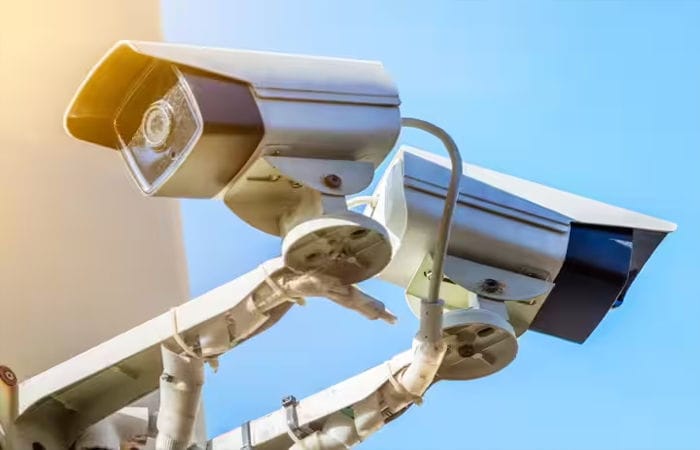In a significant technological move for law and order governance in Ahmedabad, the CCTV (Closed Circuit Television) camera network will be integrated with Artificial Intelligence (AI), to better identify the lawbreakers and process the offenders further.
The initiative is a collaborative effort between the city’s police department and Amdavad Municipal Corporation (AMC), who already use the CCTV network jointly.
With 6,000 cameras already in place, the integration of AI in them will help the authorities identify and regulate 32 offences through these cameras across the city.
Not only this will help the authorities monitor the conditions such as roads and street lights better, but it would also make it easier to issue an E-challan for offences like spitting in public or littering.
The camera network, which has been operating for the last 10 years, will undergo a technological overhaul with AI integration. Currently, it issues e-challans only for traffic offences.
Moreover, the cameras track the offenders through the number plates of the vehicle at present. However, AI will help identify them by their face, accessing the civilian database that will be synced with the CCTV surveillance as part of this project, according to experts.
The implementation
Experts believe that the implementation of the technology will be taking place by 2024 in Ahmedabad, and it will be a first-of-its-kind initiative in the country.
Currently, a main control room is functioning at Paldi for these CCTV cameras. Over time, there have been talks of having an isolated control room for this operation at the newly built Police Commissioner’s Office in Shahibaug.
However, at present, the CCTV control room will remain in its old place.
City under the eye
The authorities began installing these cameras in 2015, and since then, under various projects such as Smart City and Nirbhaya, 6,000 total CCTV have been installed.
The network consists of 1,600 cameras including CCTVs on the 130 main traffic junctions of the city, and other areas such as hospitals, parks and gardens, bus stations, and BRTS routes. The cameras also include CCTVs installed on Rath Yatra and Tazia procession routes.



